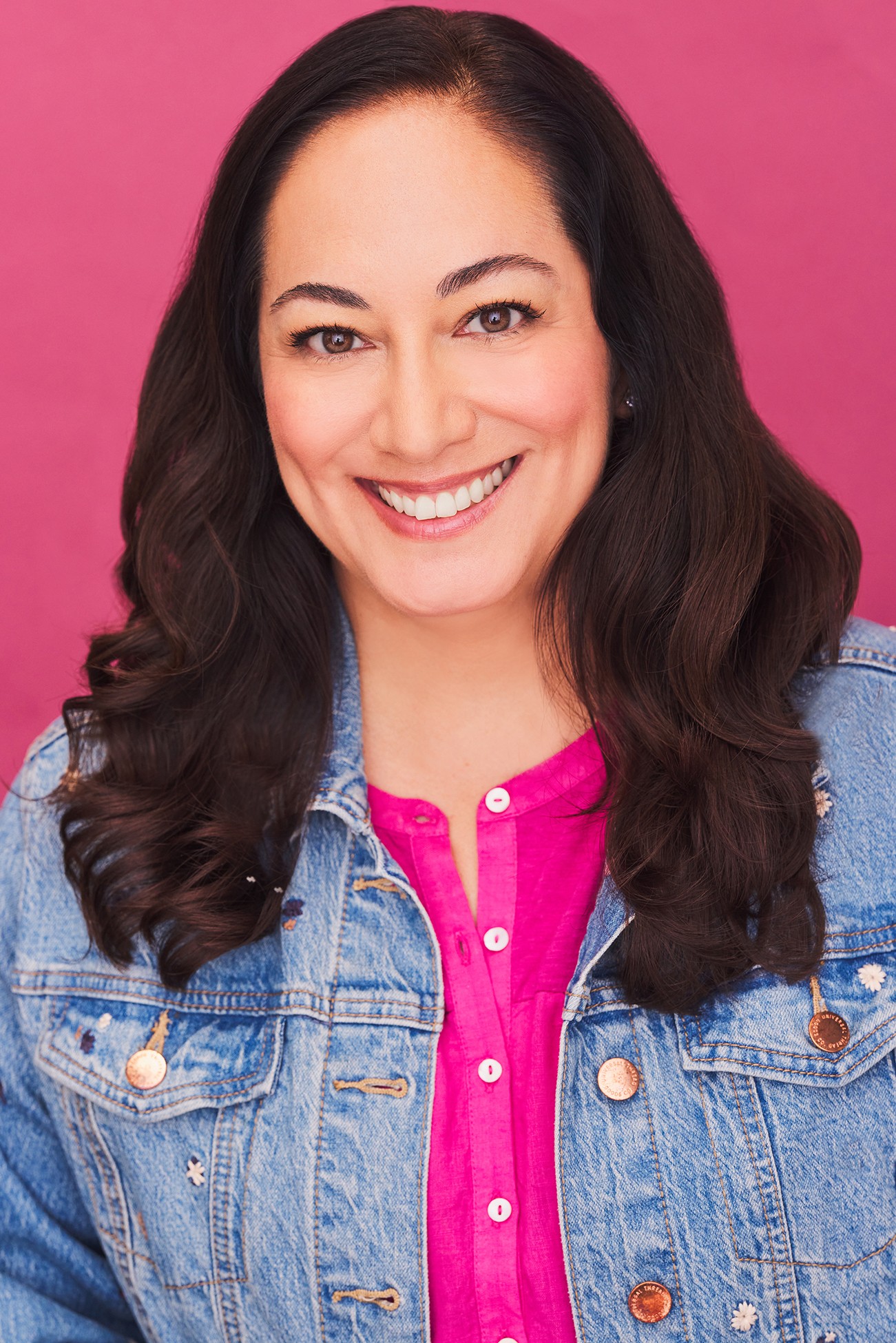We caught up with the brilliant and insightful Nilsa a few weeks ago and have shared our conversation below.
Alright, Nilsa thanks for taking the time to share your stories and insights with us today. Can you recount a story of an unexpected problem you’ve faced along the way?
In May of 2012, while living in Chicago, I had the shock of my life. I was a healthy and young woman, and still had a stroke! I was tested and scanned for any possible disease or condition that would explain right arm numbness and weakness due to the occlusion of my left internal carotid artery. Tests were inconclusive and the plan of care was a “wait and see” approach for the foreseeable future. I was to stay healthy, not get pregnant, and have a yearly MRI/MRA.
When I moved to New York nine months later to more aggressively pursue an acting career, I was also excited at the opportunity to get a second opinion, and possibly a diagnosis. I sought the best care I had access to and landed a full time job with excellent medical insurance. During this time, I was also feeling burned out, and dealing with deficits from my stroke. I was no closer to getting a diagnosis and living with the anxiety that I could have another stroke, perhaps even a catastrophic one.
Six and a half years later I was formally diagnosed with moyamoya, a rare cerebrovascular disease. A term coined by a Japanese team because fragile blood vessels proliferate around a blocked artery in an attempt to bypass an occlusion and resemble a “puff of smoke” or “moyamoya” on a cerebral angiogram.
In December of 2018, Dr. Gary Steinberg and his team at Stanford, performed a cranial STA to MCA left side bypass, resulting in twice the blood flow to my brain. Weeks into recovery I began dreaming in Spanish and my vocabulary expanded. But I also started experiencing glitches on my right side as my body adjusted to more blood flow.
It was all normal and expected, but intermittent facial droop, slurred speech, difficulty reading, problems with numbers and acronyms, and fatigue when speaking longer than fifteen minutes amped up my anxiety. Symptoms would occur for a few minutes at a time and I later learned that I was experiencing TIAs as my body was rewiring.
Since then I’ve regained sensation, dexterity, and strength in my right hand. I also have more energy and am able to memorize lines quicker-which helps me tremendously in my creative life! I had no idea how big of a deficit I had endured without adequate blood flow to my brain. I always felt a step or two behind everyone and it would take me a longer to process things. Experiencing the plasticity of my brain and healing from brain surgery has been extraordinary. I’m grateful to loved ones who have been on this journey with me.
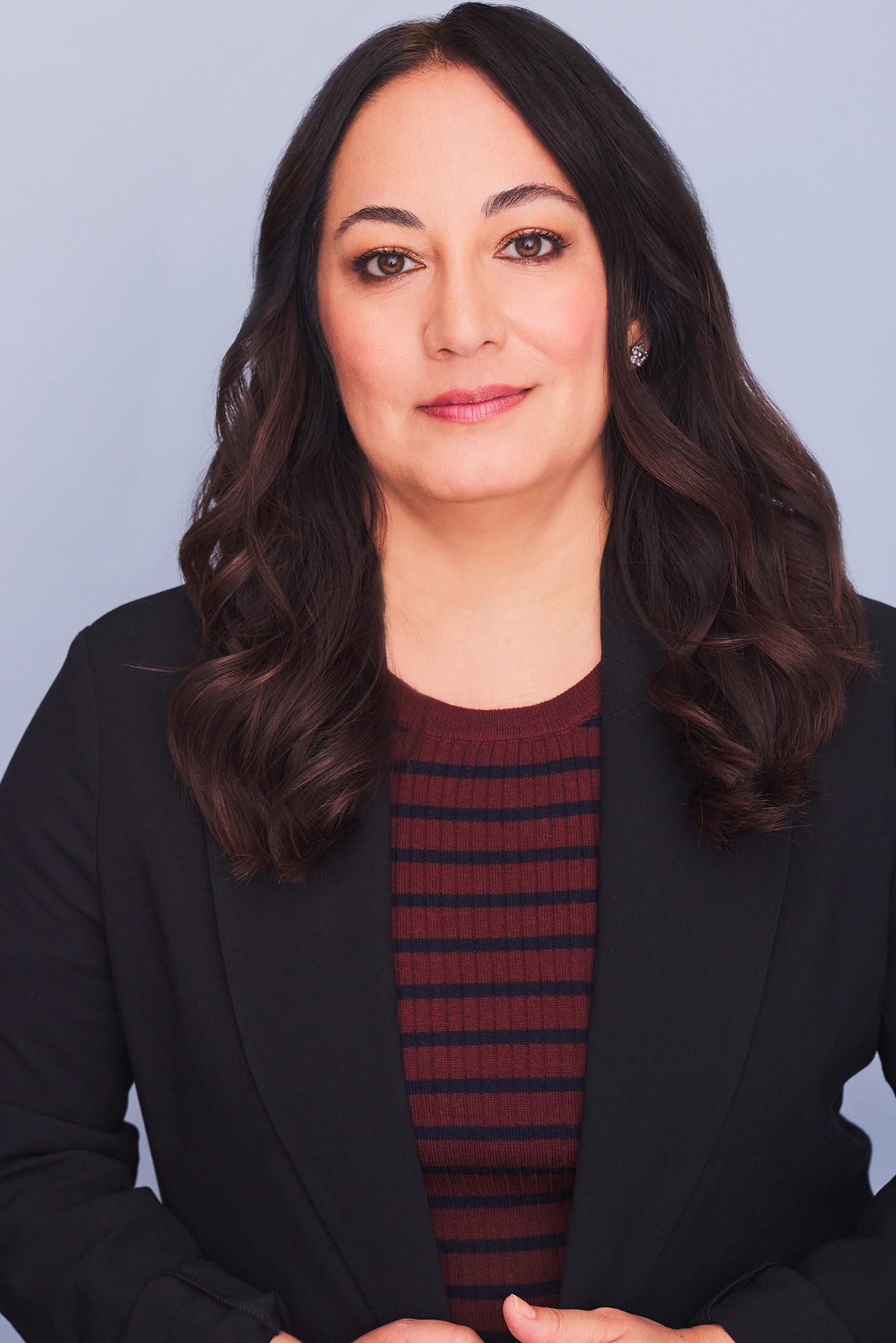
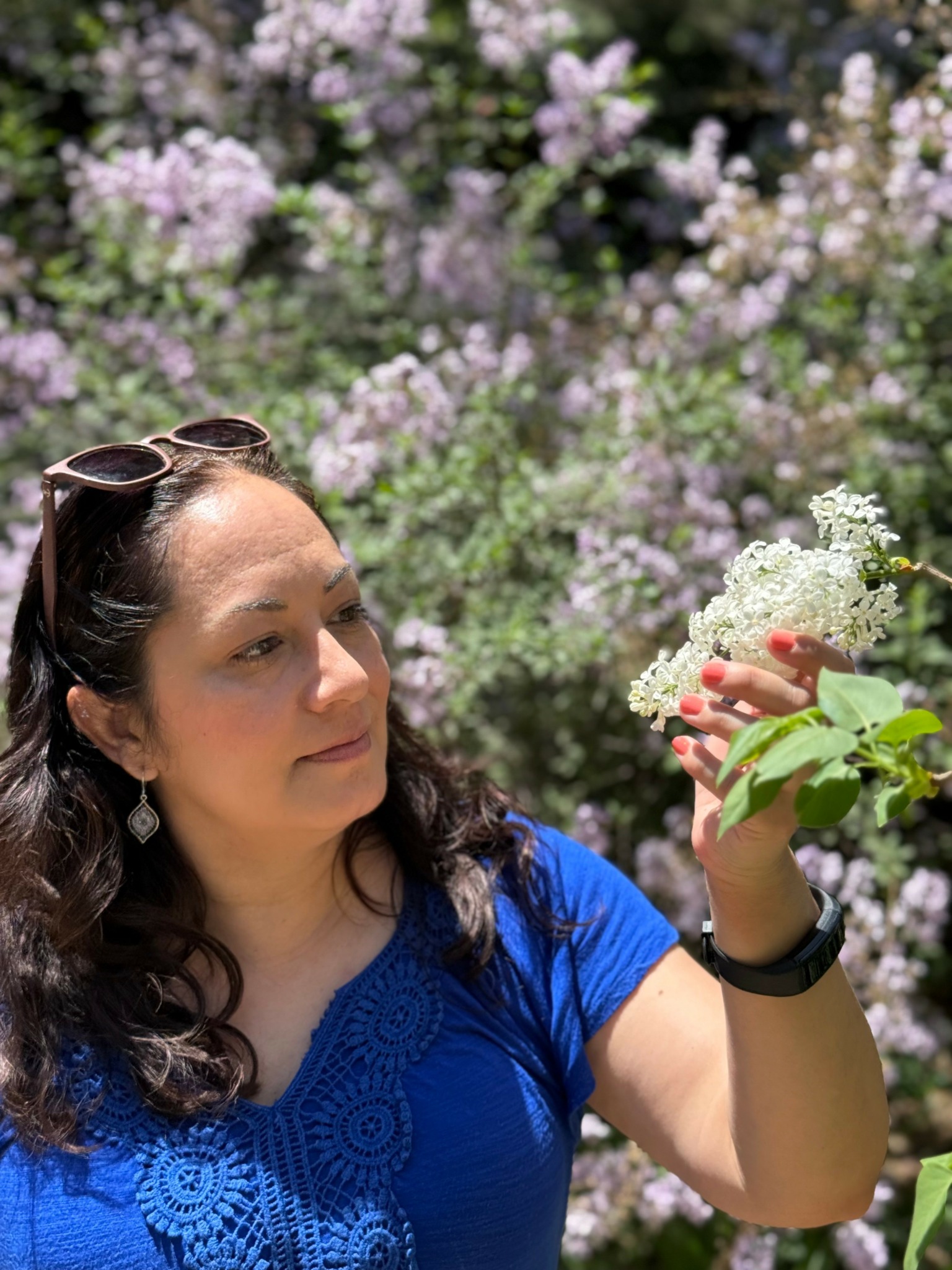
Awesome – so before we get into the rest of our questions, can you briefly introduce yourself to our readers.
When I started my career in Chicago, I was part of the founding ensemble of Teatro Luna. We took charge of our narratives, devised our own work, and were the writer/performers of our stories: Latina stereotypes in Hollywood, similarities and differences within the Latiné diaspora, internalized racism, and not being Latina enough, was first explored. I still infuse the personal/political spirit of collaboration and ensemble we explored in my work today. Latiné characters grappling with politics that greatly divide such as gun culture in South Texas and the complexity of the American healthcare system hold space in my work.
Upon recovery from my stroke, I was inspired to dramatize my story, Stroke Vagina, a Moyamoya Story. I attended occupational and physical therapy to build the strength to dress myself, carry groceries up to my apartment, and relearn to type and write. The act of which helped me recover, but also kept me vulnerable and hopeful.
Post brain surgery, shocked to realize a staple had been left in my forehead, I worried about looking like Frankenstein’s monster. Not one to lose an opportunity for humor, dear friend and director of my first show, the late Janie Martinez said, “No, Nil, this is your next show, The Bride of Moyamoya!”
Part one, a solo show written for an actor or a multi-actor cast takes us on the impossible journey of finding answers to an unknown medical condition. Part two physicalizes the ups and downs of healing with an ensemble cast. I have been writing ever since!
Hopeful and resilient people seeking healing, forgiveness and a sense of community are recurrent themes. Characters facing life or death, with optimism or humor, live in the worlds I write. Art encouraging conversation, mindfulness, and empathy inspires me. I continue to write stories that heal, galvanize action, and introduce solutions. Inclusive and equitable cultures living in safe and healthy environments is what everyone deserves.
I’m lucky to infuse my artistic goals with DIEZ, a Latiné arts collective igniting opportunities for our community through new work development, and community arts engagement programs—while also championing our own stories. Our multi-hyphenate ensemble: Peggy Robles-Alvarado, Phillip Gregory Burke, Adrian Costa, Diego Lanao, Tanya Perez, Rebbekah Vega-Romero, Jaymes Sanchez, Daniela Thome, Andrew Aaron Valdez, and myself, spans nine different heritages.
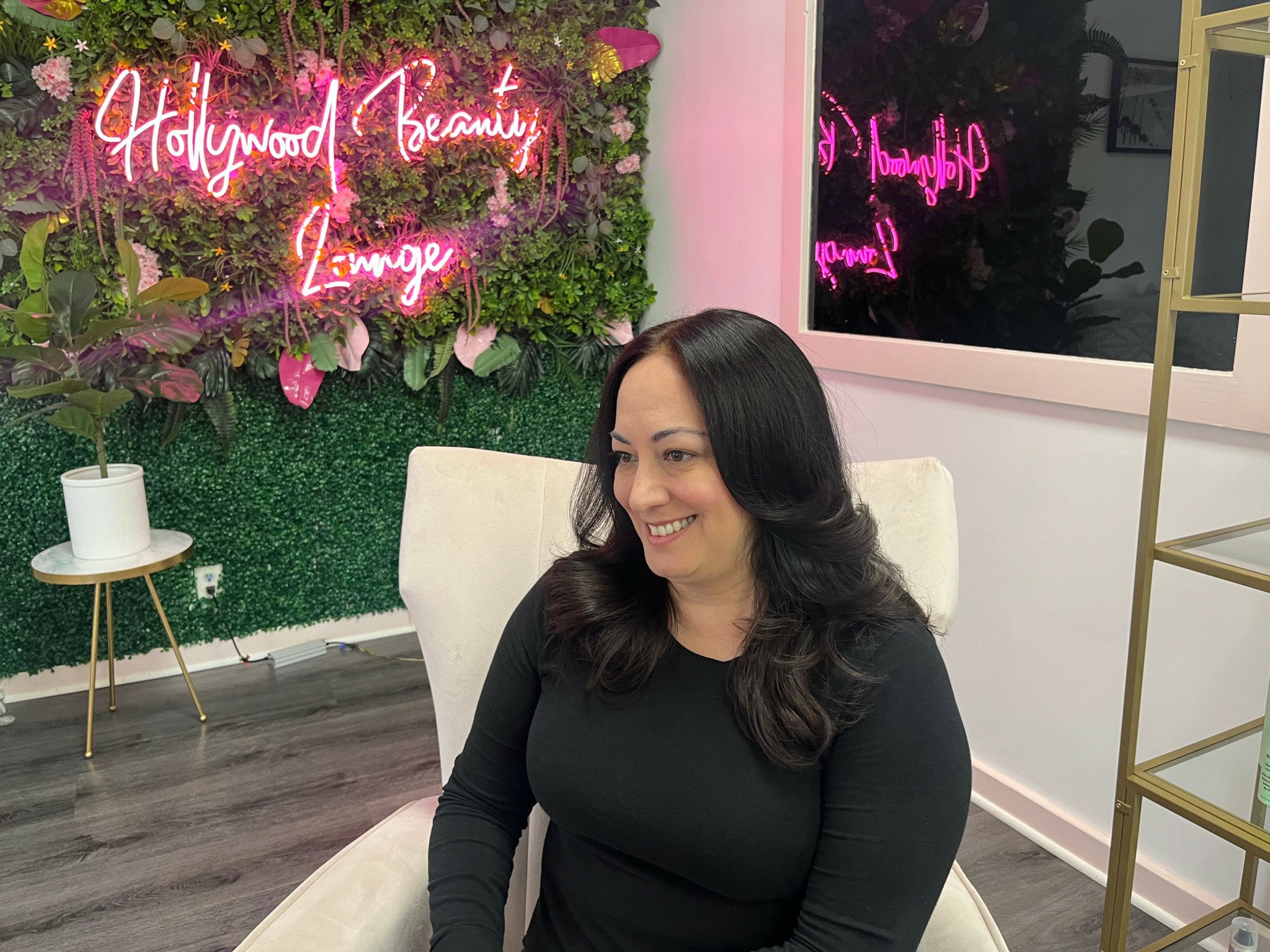
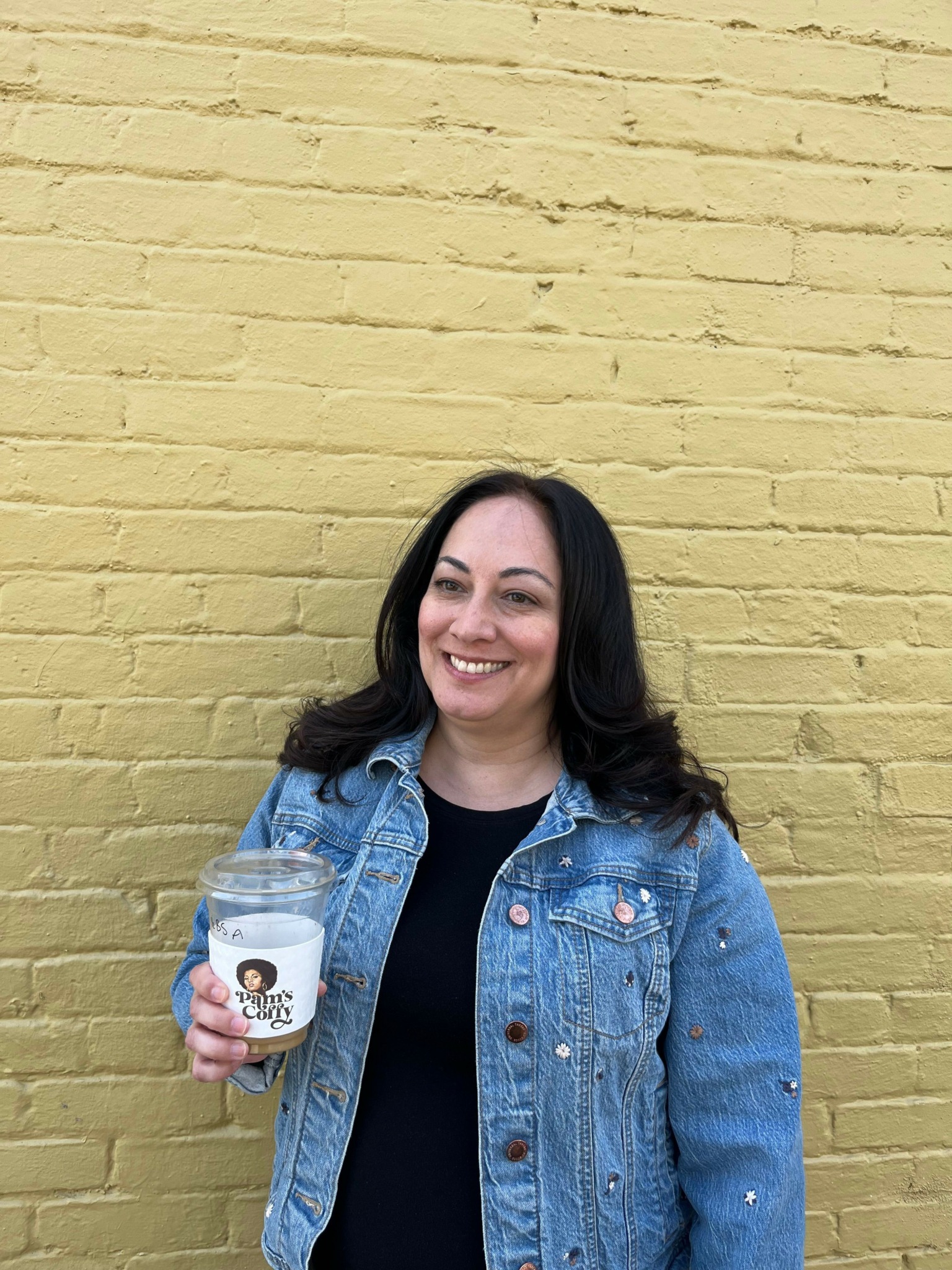
Any resources you can share with us that might be helpful to other creatives?
The Entertainment Community Fund (formerly The Actors Fund) has been an amazing resource in my life. I recommend them to all artists and I wish I would have known about them when I was a young creative.
With origins dating back to 1882, the Entertainment Community Fund, is a national human services organization that fosters stability and resilience, and provides a safety net for all performing arts and entertainment professionals—including everyone in film, theater, television, music, opera, radio and dance. With locations in New York, Chicago, and Los Angeles, they provide health and wellness, career and life, and housing services designed to help people solve problems and make positive changes in their lives. Find them at: https://entertainmentcommunity.org/
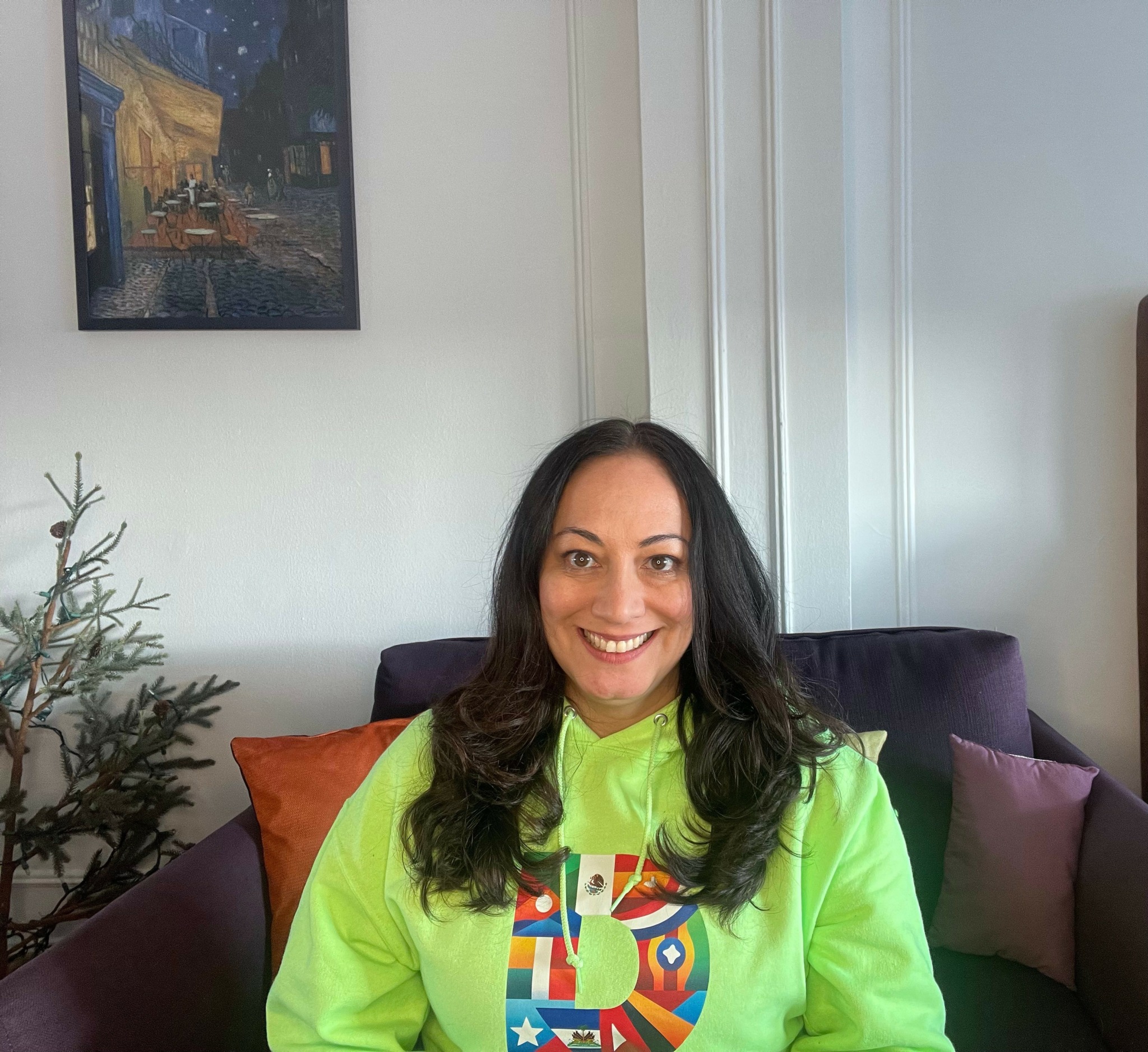
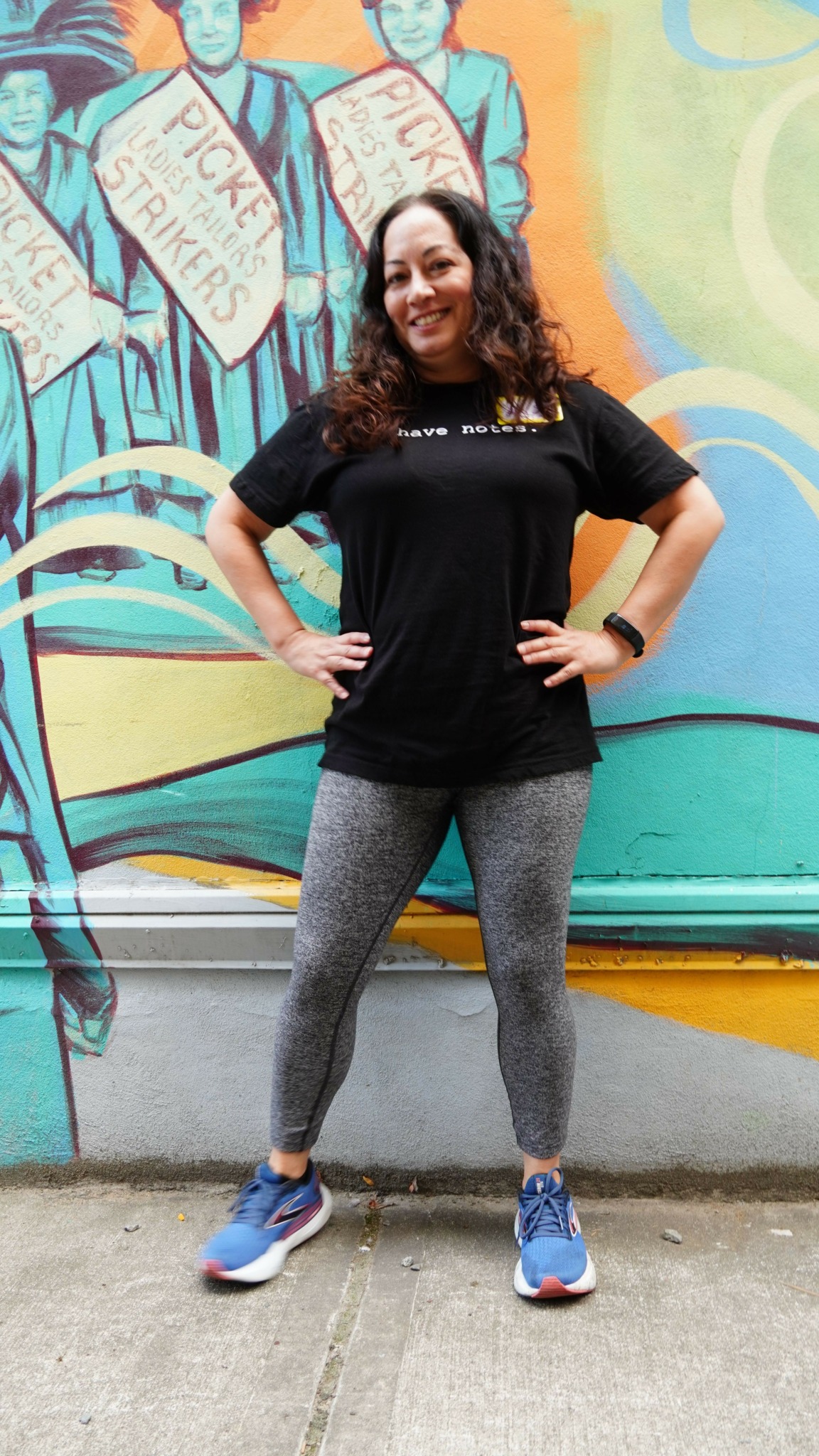
We often hear about learning lessons – but just as important is unlearning lessons. Have you ever had to unlearn a lesson?
“We’re here today to acknowledge the bounty that we’ve created and the joy that we’ve shared, and now it’s also time to move beyond assessment, beyond waiting our turn, and beyond the inequities and limitations placed on us, and sometimes, even by us.” –David Mendizábal, Director, Designer, Producer, Associate Artistic Director of Berkeley Repertory Theatre.
After the 2016 US election, the Latinx Theatre Commons (LTC) brought together over 175 Latinx theatre artists, scholars, administrators, and advocates to a four-day gathering of conversations, networking, panels, performances, and parties to discuss aesthetics, identity, scholarship, and intergenerational leadership–all through a lens of abundance, rather than scarcity.
After years of running the marathon to my artistic dreams, I had never intentionally embraced abundance over scarcity. It had never occurred to me that I could! Once taken to heart, aspects of the artist’s journey became easier. It’s even aided me in handling obstacles with grace.
We come up together
We show up for each other.
We hold space for each other.
We are enough.
Contact Info:
- Website: https://linktr.ee/nilsareyna?fbclid=PAZXh0bgNhZW0CMTEAAacuNLXIYTjvzIdVeRlmmAfvrgcwWyhGmBvvAeJOsZ37uOHi2l4x1VIdOeybxw_aem_gy8n2w34MQe49eaOAV1zUQ
- Instagram: https://www.instagram.com/nilsareyna/?hl=en
- Youtube: https://www.youtube.com/@NilsaReyna
- Other: https://www.imdb.com/name/nm5464181/
https://newplayexchange.org/users/35401/nilsa-reyna
https://sites.google.com/diezcollective.org/diez/home
https://bsky.app/profile/nilsareyna.bsky.social
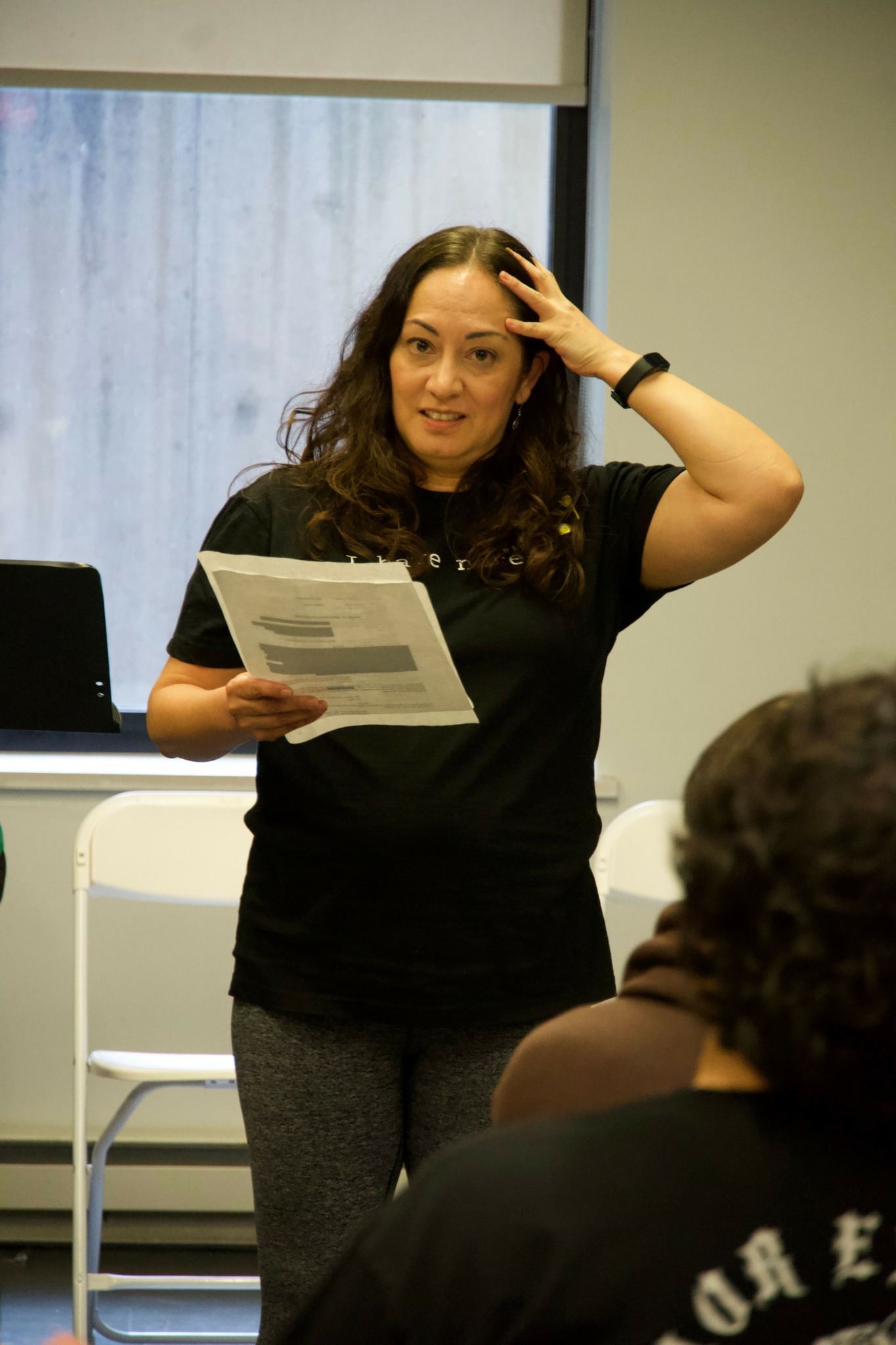
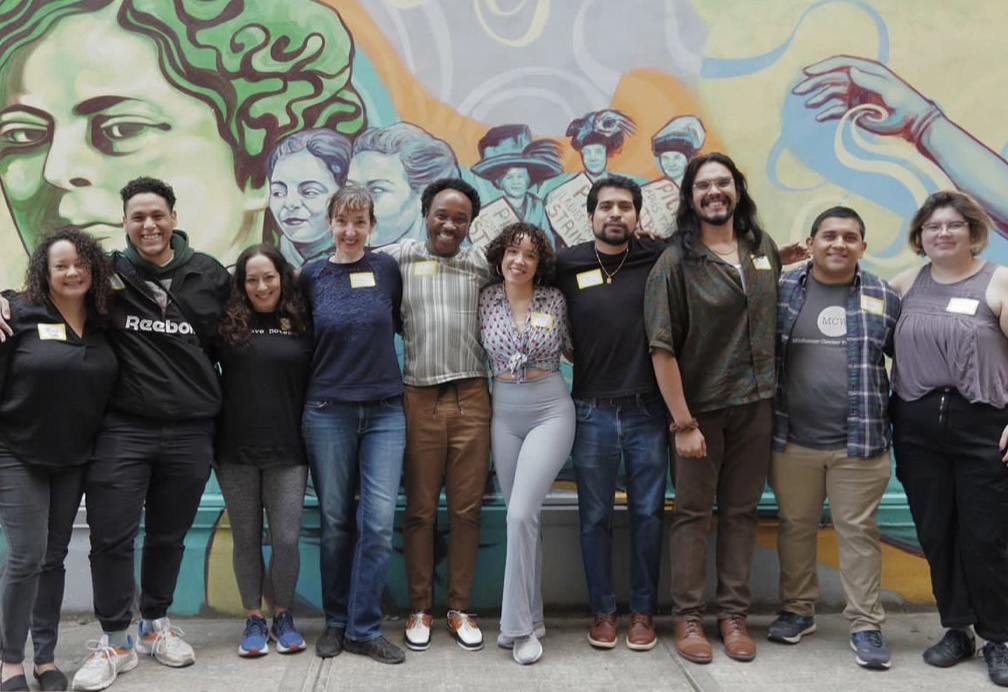
Image Credits
Headshots by Joanna DeGeneres
DIEZ Photos by Jayden Bempong


